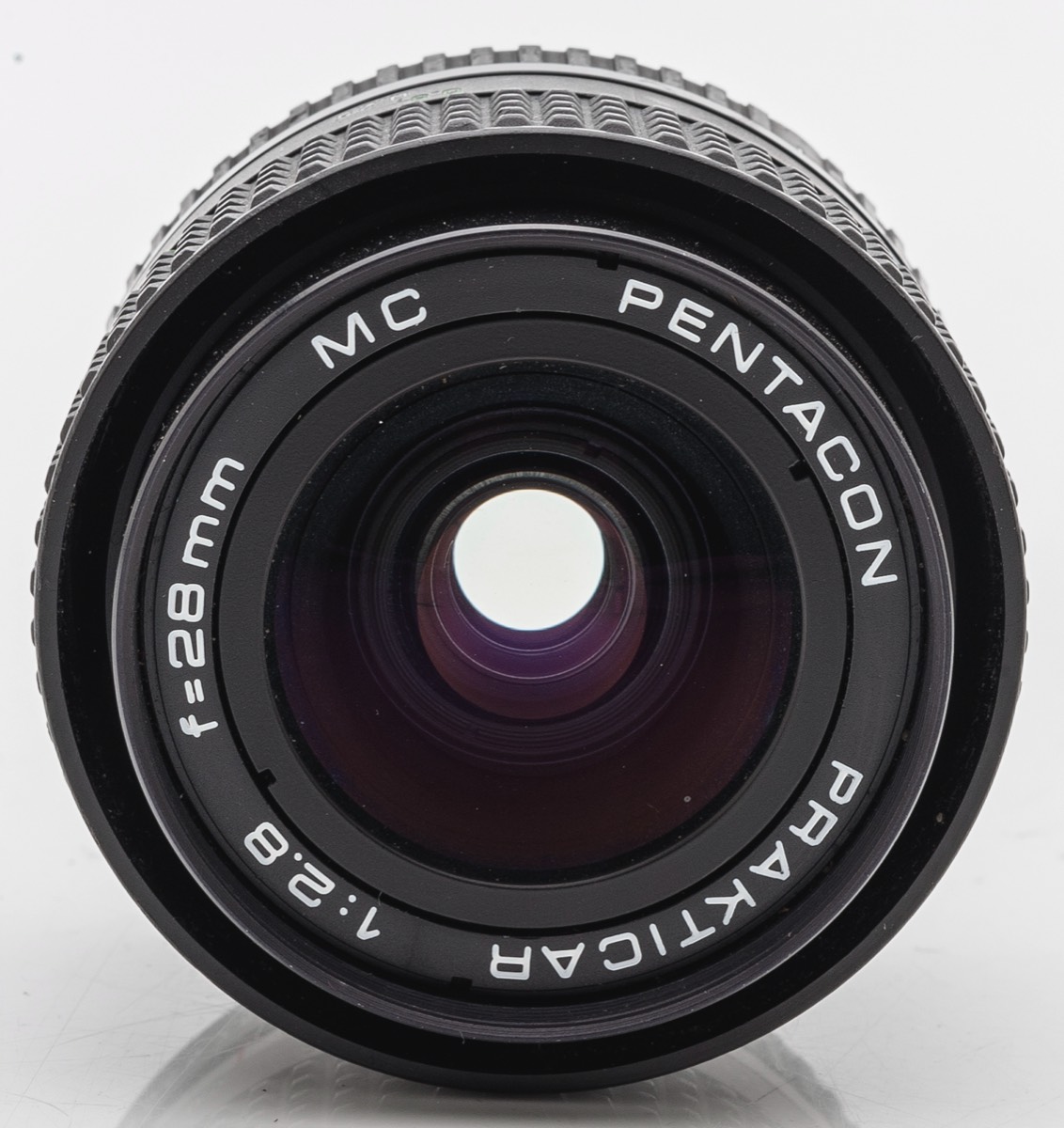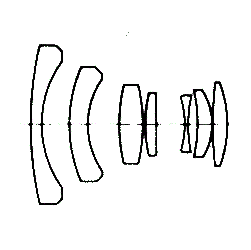The Lens details of a series of images taken by Steve Cushing on mirrorless camera.
Fitting has a 42mm mount
Flange Distance - this lens will fit and achieve focus to infinity mirrorless cameras and on DSLRs.
HistorySoviet lenses have a strange background in comparison with their German and Japanese counterparts. Some optical designs, such as the Helios 44 are direct copies of the Biotar and Flektogon series made my Carl Zeiss. The Jupiter 11-A has the Sonnar design. However, what makes them stand apart is that even if they are copies they still have a unique image rendering.
The names of the Soviet lenses often featured cosmic themes rather than optical design names such as Jupiter, Vega, Helios, Tair. In the Soviet era, everything that is connected with space was a trend. And they called the cosmic names of not only for their lenses, but other items such the tape player "Vega" motorbikes "Jupiter," and so many more products. Soviet lenses can be divided in two ways. Sometimes the name states the optical design (Helios, Industar, etc), The second way to clarify them is the brand of the manufacturer (Arsat, Zenitar, BelOMO).
The first way implies that the name of the lens attached specific optical design. This logic is likely to have been borrowed from the German company Carl Zeiss. Historically, after the WWII the Soviet Union brought the reparations of the optical factories from Germany, with raw materials and blanks, and also received the right to use certain optical designs, it is mostly the firm Zeiss.
But as the companies developed, Soviet designers took Zeiss lenses, produced them with Soviet types of glass and put them into production. So developed legendary Soviet lenses. Some optical designs were also invented by Soviet designers. For example Tair, Telear, Kaleinar etc.
Pentacon is the company name of a camera manufacturer in Dresden, Germany. The name Pentacon was derived from the brand Contax of Zeiss Ikon Kamerawerke in Dresden and Pentagon, as a Pentaprism for Single-Lens Reflex (SLR) cameras was for the first time developed in Dresden. The logo is a cross section of a prism and has a pentagonal shape. Pentacon is best known for producing the SLR cameras of the Praktica-series as well as the medium format camera Pentacon Six, the Pentacon Super and various cameras of the Exa series.
Pentacon also produced slide projectors.
In 1959 several Dresden camera manufacturers, among them VEB Kamerawerke Freital, were joined to create Volkseigener Betrieb Kamera- und Kinowerke Dresden, which was renamed in 1964 to VEB Pentacon Dresden. In 1968, VEB Feinoptisches Werk Görlitz was integrated into VEB Pentacon. Accordingly, the former Meyer-Optik Görlitz lenses were now renamed to ”Pentacon“ .
After German reunification in 1990 Pentacon, as with most East German companies, came to be possessed by the Treuhandanstalt (the federal board concerned with the privatisation of East German companies) and was selected for closure instead of sale. It was deemed that company was grossly inefficient, employing six thousand staff when it could have sufficed with one thousand, and selling its cameras at a loss.
Production of cameras and lenses continues, but is now outsourced to South Korea.
Other parts of the former Pentacon company was sold to Noble and today belong to Kamera Werk Dresden, which, among other products, manufacture panoramic cameras under the Noblex brand, and cameras for industrial use under the Loglux brand.
This LensThe Pentacon 28 2.8 was one of the most widely produced wide-angle lenses of the former GDR. It is compact and light and offers decent image quality at a very low price. The lens is actually a Meyer-Optik due to the fact that most East German manufacturers were merged into a single company named VEB Pentacon.
With the exceptions of Carl Zeiss Jena, all former lens types were rebranded under the name Pentacon. This lens was produced in the millions and is still widely available today. Don’t be fooled by its’ low price – it is a good very performer.
The optical scheme comprises 7 elements in 7 groups. Thanks to minimum aperture ratio of f/2.8 enables shooting in low lighting conditions without a tripod or a flash.
Lens In UsePROs:
- The Pentacon 28 2.8 is certainly one of the most affordable wide angle lenses.
- Will deliver decent results.
- You will hardly notice this lens as it is very light and nicely build. It’s a nice little travelling companion that won’t leave your shoulder crippled the next day.
- Has a slight edge over 35mm lenses if you seek wider perspectives and compositions. nice angle of view that will work great for landscape photography and even portraiture.
- Its’ minimum focusing distance of 25 cm also comes in handy for portraits and close up shots.
- Good value for money
CONs
- soft, especially in the corners
- Harsh bokeh
- As every extreme wide angle lens there tends to be some distortion
- Not a fast lens
Summary Someone sooner or later will find out how nice this lens is, this is the time? Personally would rather invest a bit more and get a Carl Zeiss Flektogon 35mm or the Takumar 28mm, but at this price it is very hard to beat.
For general information on lens design and lens elements go to the homepage
HERE





